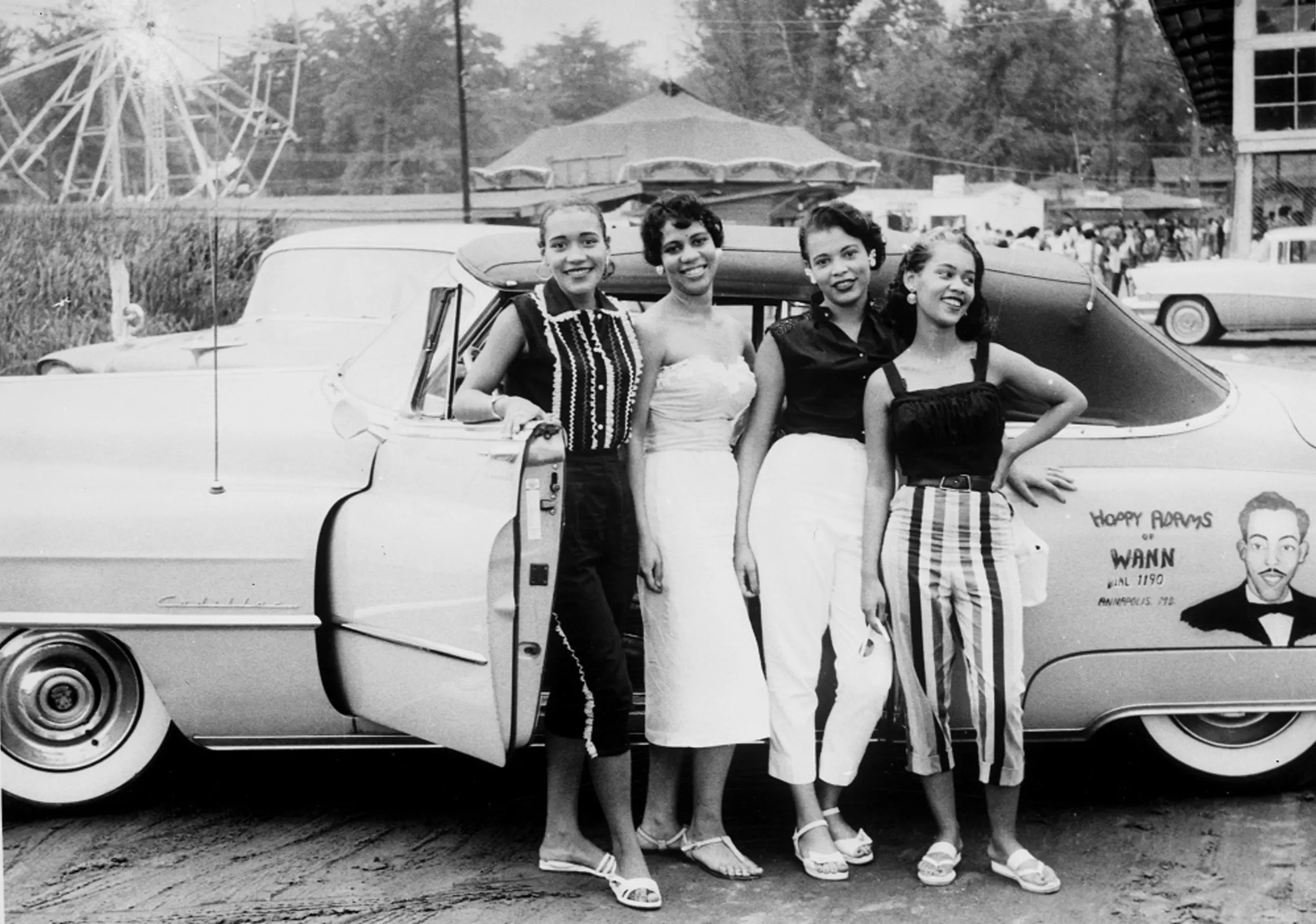Preserving the Chesapeake Bay and its cultural significance
Some incredible environmental and cultural preservation projects are being carried out by land trusts throughout the Chesapeake Bay watershed.

Do you like seafood? Blue crab, rockfish, flounder, maybe the occasional oyster or two? As our friends at the Chesapeake Bay Program (CBP) note, the Chesapeake Bay watershed not only provides countless opportunities for recreation and relaxation but is also a source of drinking water and food resources for watershed residents and the country at large. The Bay produces around 500 million pounds of seafood each year — 70 to 90% of all rockfish were spawned in the Bay, and 50% of the total U.S. blue crab harvest comes from here — and its forests help filter the drinking water of three-quarters of watershed residents.
The Chesapeake Bay watershed stretches more than 500 miles from Cooperstown, New York, to Norfolk, Virginia, and in addition to those two states includes parts of four others — Delaware, Maryland, Pennsylvania and West Virginia — and the entire District of Columbia. The watershed is home to more than 18 million people, more than half of which live along or near the Chesapeake Bay’s shores, and the region is growing with about 150,000 new people moving into the watershed each year.
Unfortunately, like many of our critical natural resources, the Chesapeake Bay and its watershed is under threat from climate impacts, over-development, pollution and more. The numbers from CBP are startling: 60% of the region’s forests have been fragmented, to the detriment of wildlife; the forests themselves are losing 70-100 acres of forestland per day; and marine life like the iconic Maryland blue crab have seen their numbers steadily decline. Earlier this year, blue crab numbers were recorded at their lowest level in 33 years of collecting data. As the Chesapeake Bay Program makes clear, the reasons for coming together to preserve the watershed are many:
Protecting forests, wetlands, shorelines and other natural spaces from being developed is one of the best ways to keep Chesapeake Bay waters clean. These areas absorb harmful nutrients before they enter the water, mitigate climate change by storing carbon, reduce flooding and provide much needed habitat to wildlife.
But natural spaces can also have cultural value. All throughout the watershed are areas with ancestral, spiritual or historicconnections that are significant to communities.
That’s why it’s exciting to see some of the incredible environmental and cultural preservation projects being done by land trusts throughout the Chesapeake Bay watershed, including several by accredited Alliance member land trusts including the Lancaster Conservancy, the Piedmont Environmental Council and The Conservation Fund.
One of those projects includes preservation of the Rector Tract in Fauquier County, Virginia, the location of two major Civil War battles. A second project that was highlighted on our blog earlier this summer: Elktonia Beach in Maryland, one of several Maryland beaches known as “The Beaches” that welcomed Black people and hosted renowned Black musicians like Billie Holiday, Count Basie and James Brown from the 1930s through the 1970s. Other projects include the Shenks Ferry Wildflower Preserve in Lancaster County, Pennsylvania, and the Bull Run Mountain Preserve just outside Washington, D.C.

You can read the full list of Chesapeake Bay projects here.